
Petite France: Strasbourg's Enchanting Historical Gem
Discover the charm of Petite France, Strasbourg’s historical quarter with picturesque canals, half-timbered houses, and a rich cultural heritage.
Nestled in the heart of Strasbourg, Petite France is a picturesque neighbourhood that feels straight out of a fairy tale. Known for its charming half-timbered houses, winding canals, and cobblestone streets, this area is a treasure trove of history and beauty. As you stroll through Petite France, you'll be captivated by the vibrant flower boxes adorning the windows and the serene waters reflecting the quaint architecture. The neighbourhood's rich history dates back to the 16th century when it was home to tanners, millers, and fishermen. Today, it stands as a testament to Strasbourg's cultural heritage, offering visitors a glimpse into the past while providing modern-day amenities such as cozy cafes, boutique shops, and gourmet restaurants. Don't miss the opportunity to explore the Ponts Couverts, a series of bridges and towers that offer stunning views of the district. Petite France is also conveniently located near other major attractions in Strasbourg, including the Strasbourg Cathedral and the Musée Alsacien. Whether you're a history buff, a photography enthusiast, or simply looking to soak in the atmosphere, Petite France has something for everyone. Make sure to take a leisurely boat ride along the canals for a unique perspective of this enchanting neighbourhood.
Local tips in Petite France
- Visit early in the morning or late in the afternoon to avoid crowds and enjoy a peaceful experience.
- Wear comfortable shoes as the cobblestone streets can be uneven and require good footing.
- Take a guided walking tour to learn about the history and significance of the area from a local expert.
- Don't miss the chance to try local Alsatian cuisine at one of the many traditional restaurants.
- Bring a camera, as the neighbourhood offers countless photo opportunities with its scenic views and historic architecture.
Petite France: Strasbourg's Enchanting Historical Gem
Nestled in the heart of Strasbourg, Petite France is a picturesque neighbourhood that feels straight out of a fairy tale. Known for its charming half-timbered houses, winding canals, and cobblestone streets, this area is a treasure trove of history and beauty. As you stroll through Petite France, you'll be captivated by the vibrant flower boxes adorning the windows and the serene waters reflecting the quaint architecture. The neighbourhood's rich history dates back to the 16th century when it was home to tanners, millers, and fishermen. Today, it stands as a testament to Strasbourg's cultural heritage, offering visitors a glimpse into the past while providing modern-day amenities such as cozy cafes, boutique shops, and gourmet restaurants. Don't miss the opportunity to explore the Ponts Couverts, a series of bridges and towers that offer stunning views of the district. Petite France is also conveniently located near other major attractions in Strasbourg, including the Strasbourg Cathedral and the Musée Alsacien. Whether you're a history buff, a photography enthusiast, or simply looking to soak in the atmosphere, Petite France has something for everyone. Make sure to take a leisurely boat ride along the canals for a unique perspective of this enchanting neighbourhood.
Iconic landmarks you can’t miss
Place Kléber
Explore the iconic Place Kléber in Strasbourg, a bustling square rich in history, culture, and vibrant city life.
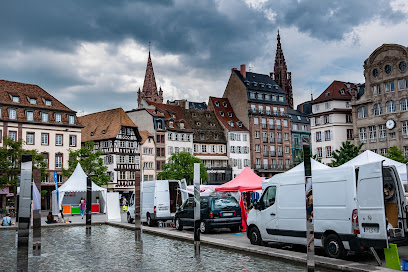
Barrage Vauban
Explore Barrage Vauban, a historic dam in Strasbourg, France, where stunning views and rich history come together in a captivating travel experience.
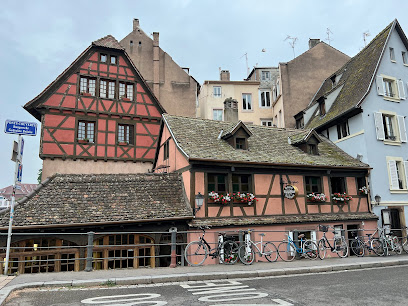
La Petite France
Explore the enchanting La Petite France, a historical landmark in Strasbourg filled with charming architecture and picturesque canals.
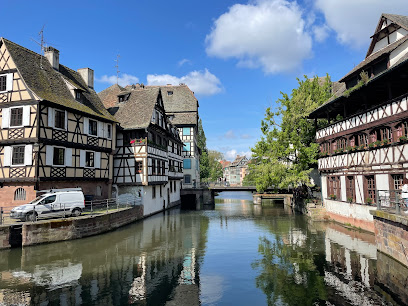
Ponts Couverts de Strasbourg
Discover the historic Ponts Couverts of Strasbourg, a stunning blend of medieval architecture and scenic beauty along the picturesque canals.
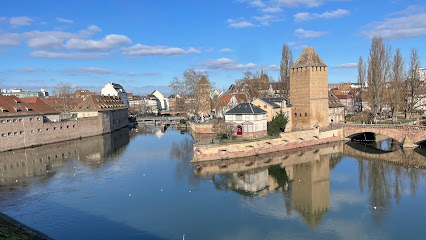
Place du Château
Explore the enchanting Place du Château, a historic square in Strasbourg, where stunning architecture meets vibrant local culture in the heart of Alsace.
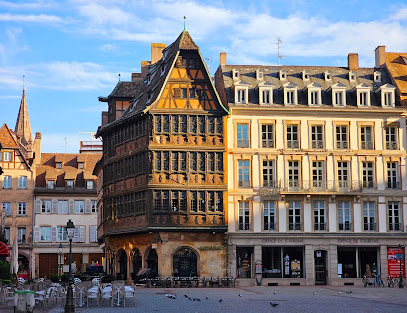
Ecluse A de la Petite France
Explore Ecluse A de la Petite France, a captivating scenic spot in Strasbourg where history, architecture, and nature intertwine beautifully.
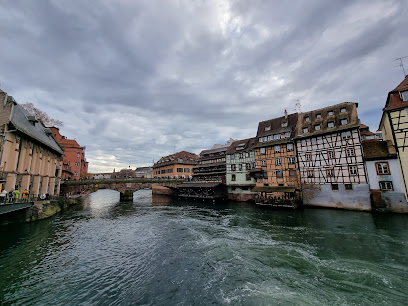
Centre Historique Petite France
Discover the charm of Strasbourg's Centre Historique Petite France, a historical wonder with picturesque canals, half-timbered houses, and rich cultural heritage.
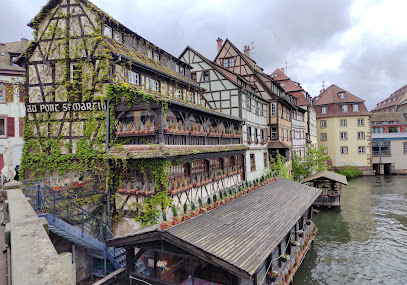
Commanderie Saint-Jean de Strasbourg
Discover the historical beauty and architectural elegance of Commanderie Saint-Jean de Strasbourg, a must-visit landmark steeped in rich local heritage.
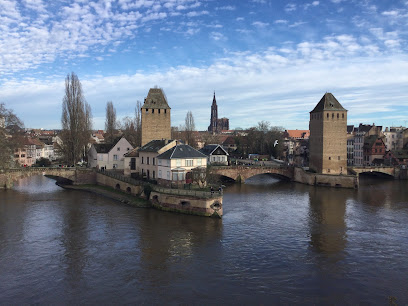
Tour des Français
Explore the captivating history and stunning architecture of Tour des Français, a must-see historical landmark in Strasbourg's enchanting Canton de Strasbourg-1.

Strasbourg Mint
Explore Strasbourg Mint, a historical landmark that reveals the city's rich heritage and stunning architectural beauty, perfect for history enthusiasts and casual visitors alike.
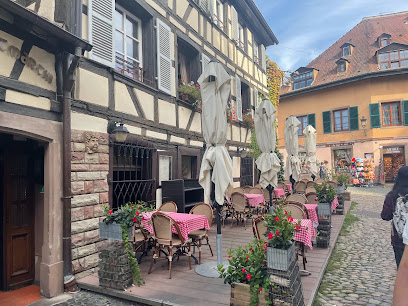
Unmissable attractions to see
Parc de l'Orangerie
Experience the tranquility and beauty of Parc de l'Orangerie, a must-visit city park in Strasbourg, perfect for relaxation and outdoor activities.
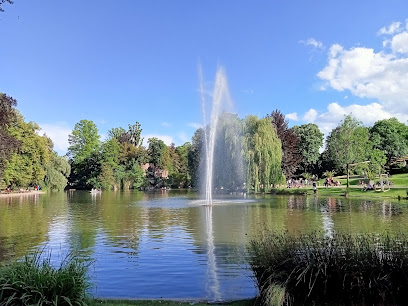
Museum Œuvre Notre-Dame
Explore the rich artistic heritage of Strasbourg at the Museum Œuvre Notre-Dame, featuring medieval and Renaissance masterpieces in a stunning architectural setting.
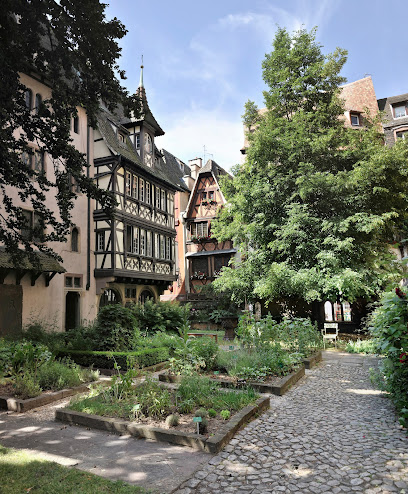
Ecluse A de la Petite France
Experience the enchanting beauty of Ecluse A de la Petite France, a scenic lock in Strasbourg surrounded by charming architecture and vibrant local culture.

Statue de Johannes Gutenberg
Explore the Statue de Johannes Gutenberg in Strasbourg, a timeless tribute to the father of printing, surrounded by charming cafes and rich history.
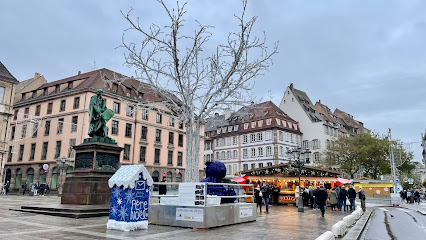
Cathedral Builders Statue
Explore the Cathedral Builders Statue in Strasbourg, a stunning tribute to the artisans behind the iconic cathedral, rich in history and artistry.
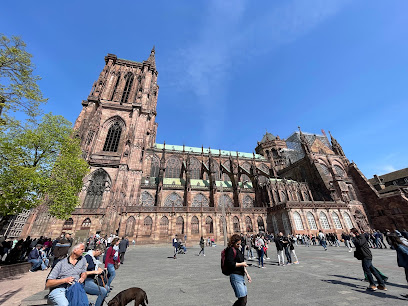
Essential places to dine
La Corde à Linge
Experience authentic Alsatian cuisine at La Corde à Linge in Strasbourg – where tradition meets flavor in a cozy atmosphere.
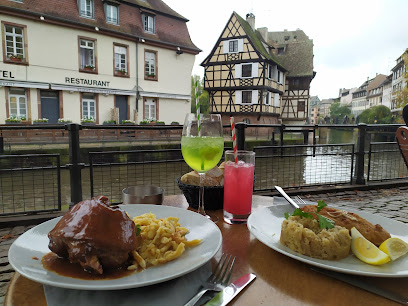
Le Baeckeoffe d'Alsace
Discover the flavors of Alsace at Le Baeckeoffe d'Alsace, where traditional French cuisine meets family-friendly dining in Strasbourg.
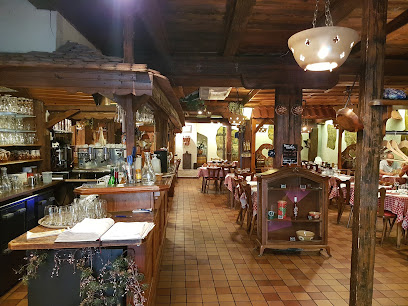
Chez l’Oncle Freddy
Experience the heart of Alsace at Chez l’Oncle Freddy - where tradition meets taste in every delicious dish.
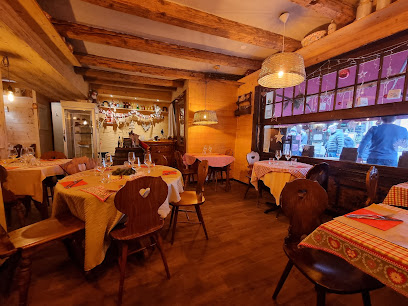
Le Thomasien
Experience authentic French cuisine at Le Thomasien in Strasbourg – where every meal tells a story of Alsatian heritage.
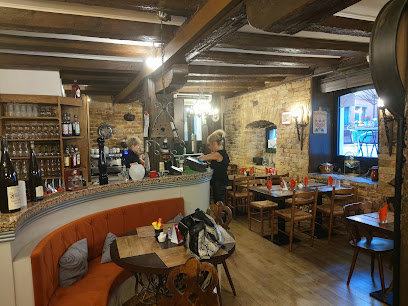
House of Tanners Restaurant
Experience authentic French cuisine at Strasbourg's House of Tanners Restaurant, where tradition meets modern culinary artistry.
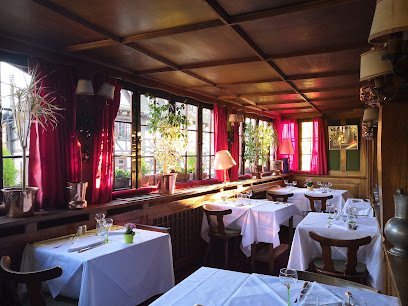
L'Oignon
Discover L'Oignon in Strasbourg: where exquisite French cuisine meets modern elegance for an unforgettable dining experience.
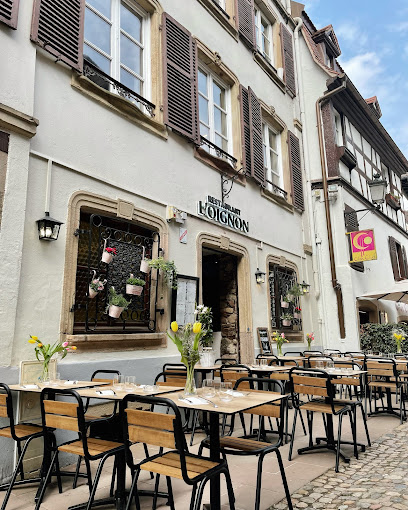
Restaurant Chez Tante Liesel
Experience authentic Alsatian flavors at Restaurant Chez Tante Liesel in Strasbourg – a cozy haven for lovers of French cuisine.
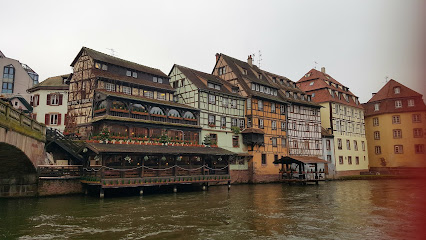
La Bedaine
Discover authentic Alsatian flavors at La Bedaine in Strasbourg - a must-visit culinary destination blending tradition with modern flair.
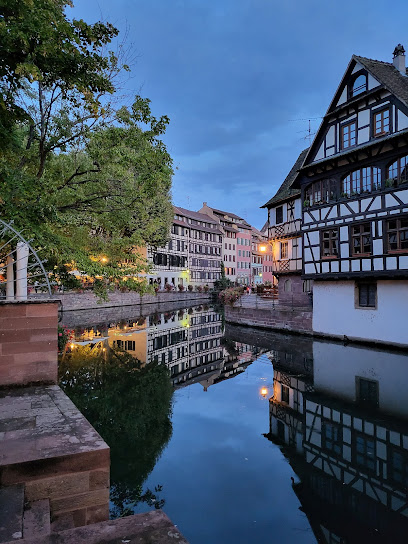
Restaurant Umami
Experience the exquisite fusion of Asian flavors and French culinary artistry at Restaurant Umami in Strasbourg.
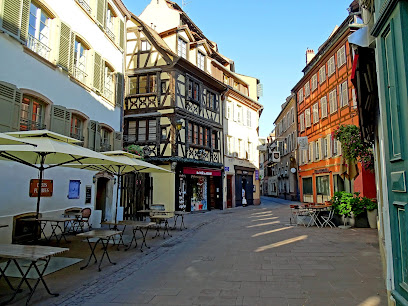
Le Restaurant Pont Tournant - Hôtel Régent Petite France
Discover exquisite French cuisine at Le Restaurant Pont Tournant in Strasbourg's enchanting canalside setting.

Markets, malls and hidden boutiques
Place des Halles
Discover Place des Halles, Strasbourg's vibrant shopping mall with over 100 shops, delightful eateries, and a perfect blend of modern and local charm.
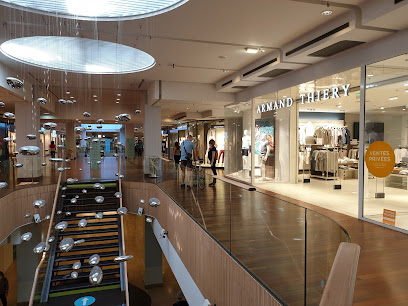
Galeries Lafayette Strasbourg
Discover the elegance of shopping at Galeries Lafayette Strasbourg, where fashion meets tradition in a stunning department store.
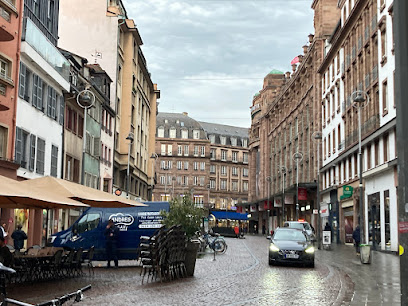
L'Aubette
Discover the vibrant shopping experience at L'Aubette, Strasbourg's premier shopping mall, with unique stores, dining, and cultural events.
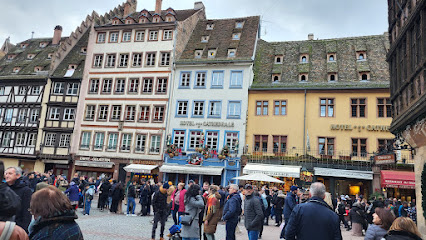
Uniqlo
Explore the stylish and affordable clothing options at Uniqlo in Strasbourg, perfect for every family member and occasion.
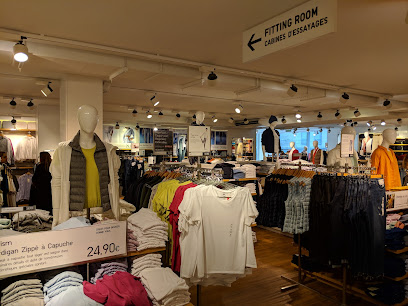
Flying Tiger Copenhagen Strasbourg
Explore the whimsical world of Flying Tiger Copenhagen in Strasbourg, where quirky gifts and home goods await every discerning traveler.
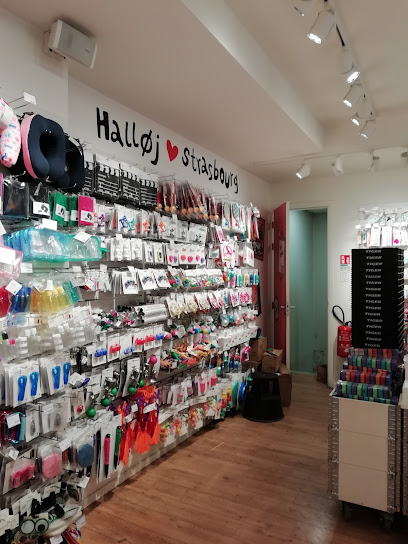
Shop Designer Les Herbes Folles
Explore Strasbourg's Les Herbes Folles for unique gifts, handcrafted jewelry, and charming baby items that capture the essence of local artistry.
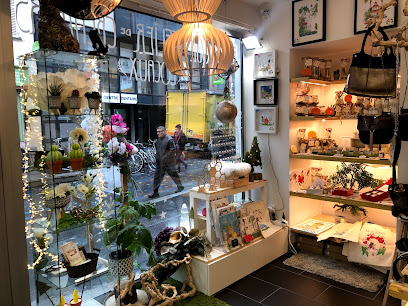
So Geek
Explore So Geek Gift Shop in Strasbourg for unique souvenirs, collectibles, and artistic crafts that celebrate local culture and creativity.
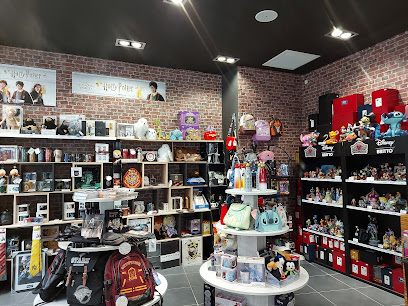
Plaisirs d'Alsace
Explore Plaisirs d'Alsace for authentic Alsatian gifts and handicrafts in the heart of Strasbourg, capturing the essence of local culture and craftsmanship.
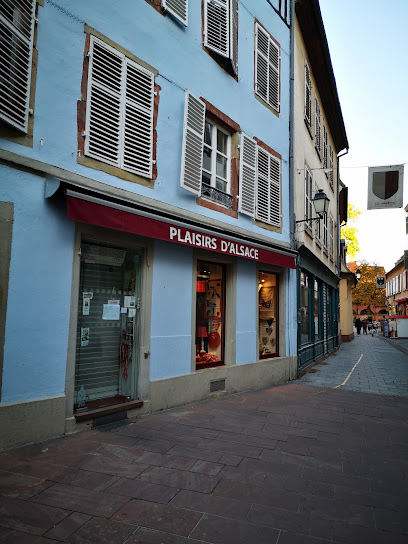
Souvenirs Bequia
Discover unique treasures and local artisan crafts at Souvenirs Bequia, the perfect gift shop in Strasbourg for memorable keepsakes and heartfelt gifts.
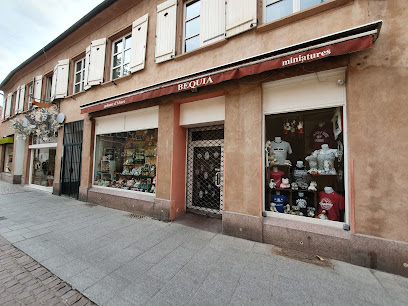
Faïencerie a la Petite France
Discover authentic Alsatian souvenirs at Faïencerie a la Petite France, a charming shop in Strasbourg offering handcrafted ceramics and unique treasures.
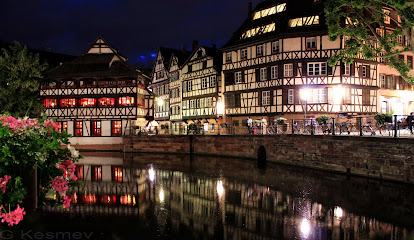
Essential bars & hidden hideouts
La Corde à Linge
Experience the delightful fusion of traditional Alsatian cuisine and modern culinary artistry at La Corde à Linge in Strasbourg.
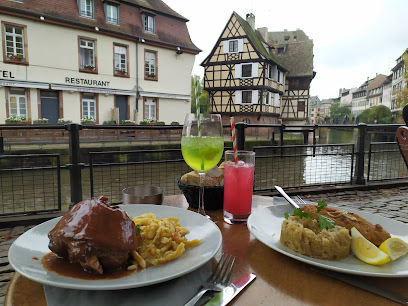
Académie de la Bière
Experience the vibrant beer culture of Strasbourg at Académie de la Bière, a lively bar and brasserie with an extensive selection of brews.

Les Berthom
Discover the vibrant nightlife of Strasbourg at Les Berthom, a lively bar offering local brews, cocktails, and a welcoming ambiance.
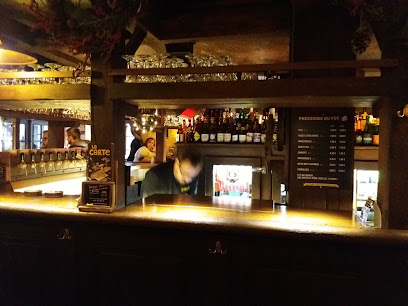
Jeannette and the Cycleux
Discover the lively cocktail culture at Jeannette and the Cycleux, where bistro charm meets beer hall fun in Strasbourg.
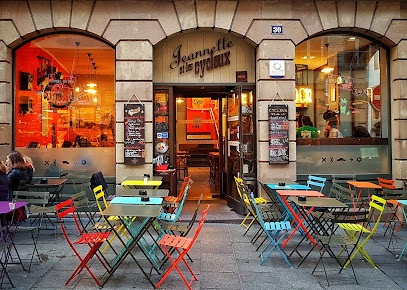
Kitsch'n Bar
Discover Kitsch'n Bar in Strasbourg, where eclectic decor, delicious food, and unique drinks create the perfect ambiance for relaxation and socializing.

Le Garde Fou
Discover the vibrant nightlife of Strasbourg at Le Garde Fou, where delightful drinks and a lively atmosphere await you.
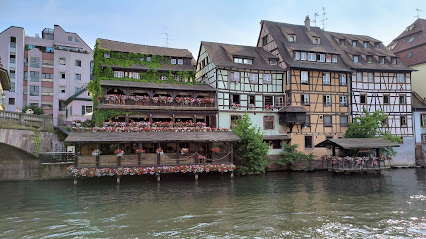
Black & Wine
Experience the finest wines and delectable French cuisine at Black & Wine, a must-visit wine bar in the heart of Strasbourg.
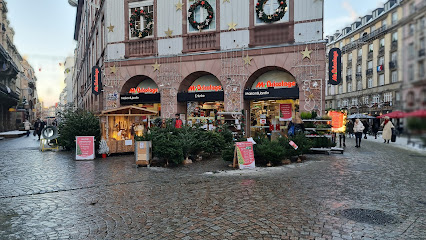
Golden Gate Bar
Experience the vibrant ambiance of Golden Gate Bar, a perfect lounge spot in Strasbourg for cocktails, live music, and unforgettable moments.
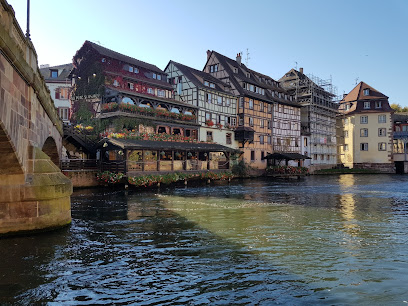
Moonshiners
Experience innovative cocktails and a vibrant atmosphere at Moonshiners, Strasbourg’s premier cocktail bar.
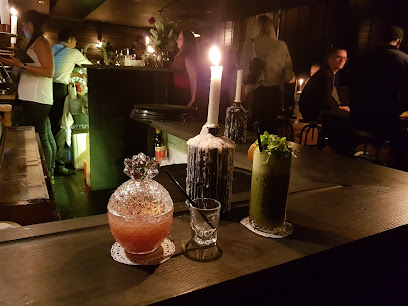
LEOBAR
Experience the best of Strasbourg nightlife at LEOBAR, where innovative cocktails and a cozy atmosphere come together for an unforgettable evening.
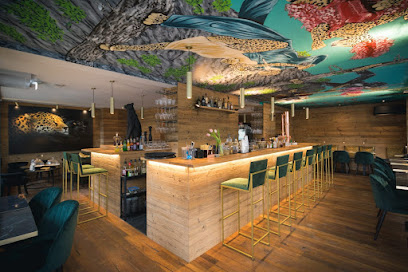
Local Phrases
-
- HelloBonjour
[bohn-zhoor] - GoodbyeAu revoir
[oh ruh-vwahr] - YesOui
[wee] - NoNon
[nohn] - Please/You're welcomeS'il vous plaît/De rien
[seel voo pleh/duh ryehn] - Thank youMerci
[mehr-see] - Excuse me/SorryExcusez-moi/Désolé
[ehk-skew-zay mwah/deh-zoh-lay] - How are you?Comment ça va ?
[koh-mohn sah vah] - Fine. And you?Bien. Et toi ?
[byen. eh twah] - Do you speak English?Parlez-vous anglais?
[par-lay voo ahn-glay] - I don't understandJe ne comprends pas
[zhuh nuh kohm-prahn pah]
- HelloBonjour
-
- I'd like to see the menu, pleaseJe voudrais voir la carte, s'il vous plaît
[zhuh voo-dray vwahr lah kart, seel voo pleh] - I don't eat meatJe ne mange pas de viande
[zhuh nuh mahnj pah duh vyand] - Cheers!Santé!
[sahn-tay] - I would like to pay, pleaseJe voudrais payer, s'il vous plaît
[zhuh voo-dray pay-ay, seel voo pleh]
- I'd like to see the menu, pleaseJe voudrais voir la carte, s'il vous plaît
-
- Help!Au secours !
[oh suh-koor] - Go away!Allez-vous-en !
[ah-lay voo zahn] - Call the Police!Appelez la police !
[ah-peh-lay lah poh-lees] - Call a doctor!Appelez un médecin !
[ah-peh-lay ahn mayd-sanh] - I'm lostJe suis perdu
[zhuh swee pair-dew] - I'm illJe suis malade
[zhuh swee mah-lahd]
- Help!Au secours !
-
- I'd like to buy...Je voudrais acheter...
[zhuh voo-dray zheht-shay...] - I'm just lookingJe regarde juste
[zhuh ruh-gard zhewst] - How much is it?Combien ça coûte ?
[kohm-byen sah koot] - That's too expensiveC'est trop cher
[say troh shair] - Can you lower the price?Pouvez-vous baisser le prix ?
[poo-vez voo bay-say luh pree]
- I'd like to buy...Je voudrais acheter...
-
- What time is it?Quelle heure est-il ?
[kehl uhr eh-teel] - It's one o'clockIl est une heure
[eel ehz oon uhr] - Half past (10)Dix heures et demie
[dees uhr ay duh-mee] - MorningMatin
[mah-tahn] - AfternoonAprès-midi
[ah-preh mee-dee] - EveningSoir
[swahr] - YesterdayHier
[yehr] - TodayAujourd'hui
[oh-zhoor-dwee] - TomorrowDemain
[duh-mahn] - 1Un
[uhn] - 2Deux
[duh] - 3Trois
[trwah] - 4Quatre
[kah-truh] - 5Cinq
[sank] - 6Six
[sees] - 7Sept
[seht] - 8Huit
[weet] - 9Neuf
[nuhf] - 10Dix
[dees]
- What time is it?Quelle heure est-il ?
-
- Where's a/the...?Où se trouve...?
[oo suh troov] - What's the address?Quelle est l'adresse ?
[kehl eh lay-dress] - Can you show me (on the map)?Pouvez-vous me montrer (sur la carte) ?
[poo-vez voo muh mohn-tray (sir lah kart)] - When's the next (bus)?Quand est le prochain (bus) ?
[kahn eh luh proh-shahn (boos)] - A ticket (to ....)Un billet (pour ....)
[uhn bee-ay (poor)]
- Where's a/the...?Où se trouve...?
History of Petite France
-
Petite France, known as 'La Petite France' in French, derives its name from a historical hospital for those afflicted with syphilis, established in the 16th century, which was often referred to as 'the French hospital'. This area became a bustling hub in the late Middle Ages, characterized by its picturesque half-timbered houses and canals, which were essential for the tanners and fishermen who settled here.
-
In the 17th century, Petite France flourished as a significant industrial center, particularly for the tanning industry. The architecture from this period reflects the unique blend of medieval and Renaissance styles. The area's layout, with its narrow, winding streets and charming bridges, was designed to facilitate trade and transportation along the waterways, including the Ill River.
-
During the Franco-German War of 1870-71, Strasbourg, including Petite France, faced significant upheaval. Following France's defeat, the region was annexed by Germany, leading to a period of cultural and administrative changes. The influence of German architecture and urban planning began to reshape the neighborhood while the historical identity remained intact, creating a unique blend of styles.
-
Petite France experienced devastation during World War II, particularly during air raids that targeted Strasbourg. However, post-war reconstruction focused on restoring the neighborhood’s historical character. The rebuilding efforts highlighted the resilience of the local community and contributed to the preservation of its cultural heritage, which would later be recognized as a UNESCO World Heritage Site in 1988.
-
Today, Petite France is not only a picturesque neighborhood but also a cultural landmark of Strasbourg. It hosts numerous art galleries, museums, and restaurants that celebrate the region's culinary traditions. The annual events, such as the Christmas market, further enhance its charm, drawing visitors from around the globe and ensuring that the rich history and culture of this enchanting area remain alive.
Petite France Essentials
-
Petite France is easily accessible from various parts of Strasbourg. If you are arriving by train, the Strasbourg railway station is a short walk from Petite France. From the station, you can take tram line A towards 'Illkirch Lixenbuhl' or tram line D towards 'Hoenheim Gare' and get off at 'Schaeffersheim.' Alternatively, bus lines 10 and 11 connect the area with other neighborhoods. For visitors staying in the city center, a leisurely 15-minute walk will lead you directly to the picturesque canals and half-timbered houses of Petite France.
-
Petite France is a pedestrian-friendly area, making walking the best way to explore its charming streets and canals. Bicycles can be rented from various locations throughout Strasbourg, and there are dedicated bike paths. Public transport options, including trams and buses, are also available, with tram line A and D having stops near Petite France. Be sure to validate your ticket before boarding.
-
Petite France is generally safe for tourists, but standard precautions should be taken. While violent crime is rare, petty crime such as pickpocketing can occur in crowded areas. It’s advisable to stay vigilant, especially near popular tourist spots like the canals and restaurants. Avoid walking alone in poorly lit areas at night.
-
In case of an emergency, dial 112 for police, fire, or medical assistance in France. For non-urgent medical issues, there are pharmacies nearby, and the nearest hospital is the Hôpital Civil de Strasbourg. It is also advisable to have travel insurance that covers medical emergencies.
-
Fashion: Do wear comfortable shoes for walking on cobblestone streets. Don't wear overly casual attire when dining in fine restaurants. Religion: Do respect local customs and dress appropriately when visiting churches. Public Transport: Do be polite and offer your seat to those in need. Don't use your phone loudly on public transport. Greetings: Do greet locals with a friendly 'Bonjour' (Good day). Don't forget to say 'Merci' (Thank you) when receiving service. Eating & Drinking: Do try local specialties like tarte flambée and Alsatian wines. Don't drink alcohol in public areas that prohibit it.
-
To experience Petite France like a local, start your day with a coffee and a pastry at a café along the canals. Visit the local shops for handmade crafts and souvenirs. Explore the area during the early morning or late afternoon to avoid crowds and enjoy the peaceful ambiance. Don't miss the chance to take a boat tour on the Ill River for a unique perspective of the district. Engage with local artisans and ask about their crafts, as many are eager to share their stories.
Nearby Cities to Petite France
-
Things To Do in Colmar
-
Things To Do in Freiburg
-
Things To Do in Stuttgart
-
Things To Do in Heidelberg
-
Things To Do in Basel
-
Things To Do in Nancy
-
Things To Do in Zurich
-
Things To Do in Remich
-
Things To Do in Grevenmacher
-
Things To Do in Dudelange
-
Things To Do in Luxembourg City
-
Things To Do in Echternach
-
Things To Do in Lucerne
-
Things To Do in Bern
-
Things To Do in Frankfurt









